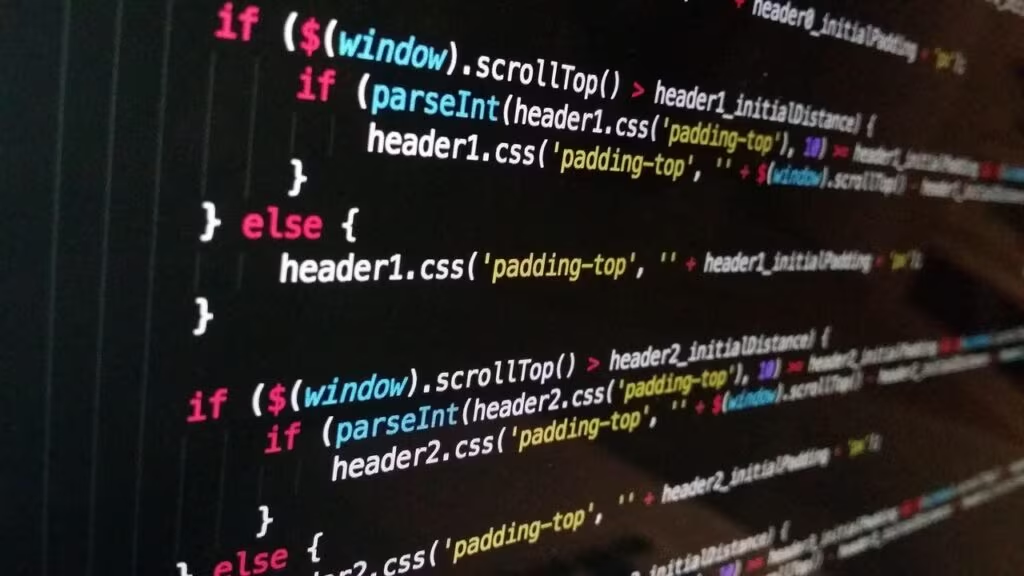Google Prepares Major Overhaul for Always-On Display in Android 17
Google is reportedly developing a significant new feature for the Always-On Display (AOD) functionality in the upcoming Android 17 operating system. Dubbed “Min Mode,” this development aims to fundamentally change how users interact with their devices when the screen is locked and dimmed, moving the AOD experience far beyond static clocks and notification icons.
Min Mode is designed to allow third-party applications to present their own minimal, persistent, and interactive full-screen interfaces directly on the Always-On Display. This represents a major architectural shift, integrating app functionality deeply into the low-power state of the phone, offering users a richer, more glanceable experience without requiring a full wake-up of the device.
This initiative, discovered through code analysis and development insights, suggests Google is preparing to elevate the AOD from a passive information hub to an active, low-power dashboard, potentially launching in late 2025 or early 2026 alongside the stable release of Android 17.
Understanding the Functionality of Min Mode
Currently, the Always-On Display on Android devices is highly restrictive. It primarily supports system-level elements like the time, battery percentage, and small, static widgets defined by the manufacturer or Google. Apps can only feed information through standard notifications or small, predefined widget slots.
Min Mode breaks this paradigm by introducing a system-level framework that grants applications the ability to render a full-screen, customized interface specifically optimized for the AOD’s low-power state. This is not merely a larger widget; it is a dedicated application view.
The Shift from Static Widgets to Dynamic Interfaces
The key differentiator of Min Mode is its dynamic, app-driven nature. While current AOD elements are often limited in complexity and interactivity, the new system would enable developers to create highly functional, yet power-efficient, interfaces. This could include:
- Navigation Apps: Displaying turn-by-turn directions in a full-screen, monochrome map view without waking the phone entirely.
- Music Players: Offering full playback controls (play, pause, skip, volume) and album art display.
- Communication Tools: Showing persistent, filtered views of recent messages or conversation threads.
- Fitness Trackers: Displaying real-time workout metrics (heart rate, steps, duration) during exercise.
This integration requires developers to build a specific, highly optimized version of their interface—the “Min Mode”—which adheres to strict power consumption guidelines imposed by the Android system. This ensures the battery life benefits of the AOD are preserved, even with increased functionality.

Practical Implications for the User Experience
The introduction of Min Mode could significantly enhance the utility of Android devices, particularly for users who rely on quick, glanceable information.
For years, the AOD experience has lagged behind the full lock screen in terms of utility. Min Mode effectively bridges this gap, allowing users to perform essential, rapid interactions without the typical delay and power draw associated with fully activating the display.
Key User Benefits:
- Increased Efficiency: Access critical information (like navigation or music controls) instantly without needing to unlock the device or even fully illuminate the screen.
- Reduced Distraction: By providing the necessary controls in a minimal, low-brightness environment, users can manage tasks without being pulled into the full complexity of the operating system.
- Enhanced Personalization: Developers gain far more creative freedom to design AOD experiences that match their app’s core function, moving beyond the generic system widgets.
This development aligns with a broader industry trend of maximizing utility in minimal states, seen in various forms across different mobile operating systems and wearable devices.
Technical Context and Android Development
Implementing a feature like Min Mode requires deep system-level changes within the Android framework. The system must manage the transition between the full operating system, the lock screen, and the new AOD Min Mode seamlessly, all while prioritizing power efficiency.
This level of integration suggests that Min Mode will be a core feature of the Android 17 release, requiring specific API support for developers to utilize it. While the exact technical specifications are still emerging from the development phase, the focus is clearly on creating a new class of persistent, low-power user interfaces.

Precedents and Future Device Compatibility
While Min Mode is a new concept for the standard Android AOD, it builds upon existing technologies:
- Ambient Display: The current AOD system that handles basic time and notification display.
- Low Power Mode: The underlying hardware and software optimizations that allow OLED screens to display minimal white pixels on a black background efficiently.
It is highly likely that this feature will initially be optimized for devices running Android 17 and later, and specifically for phones utilizing OLED/AMOLED display technology, which can selectively illuminate pixels, making the low-power black background essential for battery savings.
Key Takeaways: What to Expect from Android 17’s Min Mode
For users and developers anticipating the next major Android release, Min Mode is one of the most exciting rumored changes to the core user interface. Here are the essential points:
- Feature Name: Min Mode, designed for the Always-On Display (AOD).
- Core Function: Allows apps to display persistent, full-screen, minimal interfaces on the AOD.
- Impact: Transforms the AOD from a passive notification panel into an active, low-power dashboard.
- Timeline: Expected to debut with the stable release of Android 17 (likely late 2025/early 2026).
- Technical Requirement: Requires specific developer optimization to ensure power efficiency and adherence to system guidelines.

Conclusion: A New Era for Glanceable Information
If implemented as rumored, Min Mode will mark a pivotal moment in Android’s approach to ambient computing. By granting developers the tools to create rich, full-screen experiences that are both interactive and power-conscious, Google is acknowledging the user demand for immediate access to information without the friction of unlocking the device.
This feature promises to make the AOD a truly functional extension of the operating system, rather than just a dimmed clock. For Android 17, Min Mode stands out as a key innovation focused squarely on improving daily user efficiency and interaction flow.
What’s Next
As Android 17 moves through its development cycle in 2025, more concrete details regarding the Min Mode APIs and design guidelines are expected to emerge. Developers will need to pay close attention to the early beta releases to begin planning how to integrate their applications into this new, powerful AOD environment.
Originally published: October 30, 2025
Editorial note: Our team reviewed and enhanced this coverage with AI-assisted tools and human editing to add helpful context while preserving verified facts and quotations from the original source.
We encourage you to consult the publisher above for the complete report and to reach out if you spot inaccuracies or compliance concerns.
